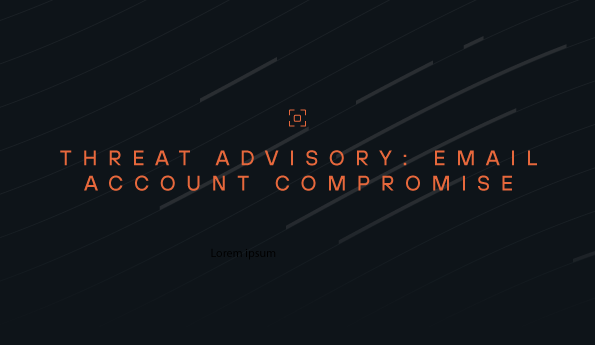How to eliminate cybersecurity blind spots with SIEM
Ask any cybersecurity professional. They will tell you that visibility is the most important aspect of any successful cybersecurity program. Not only does visibility help you identify and investigate potential malicious activity, but it also lets you see what’s working and what’s not within your program.
Unfortunately, blind spots can arise within your organization that, using some visibility tools, you may miss. Security Information and Event Management (SIEM) solutions help to reduce those blind spots. Here’s how you can use them to maximize your cybersecurity visibility.
5 common cybersecurity blind spots
Without comprehensive visibility from SIEM, organizations may have several blind spots existing just out of reach:
1. Unpatched systems
Unpatched systems are a hacker's best friend as they’re vulnerable to exploitation via zero-day attacks and other security threats. Doing so allows attackers to gain initial access and establish footholds to compromise other systems within the network. Without continuous monitoring, organizations may not know a hacker is on their systems until it's too late.,
2. Misconfigurations
Mistakes happen, but when it’s during the setup of critical systems and infrastructure, those mistakes can be costly. Misconfigurations create potential openings that attackers can exploit. You need the proper level of visibility to catch them before bad actors do.
3. Password issues
Weak or reused passwords can be easily used against an organization. If there aren’t any multi-factor authentication (MFA) or formal password policies/identity management in place, those passwords give adversaries a way to take over systems and accounts. A lack of visibility over these passwords and their use leaves organizations in the dark.
4. Non-traditional assets
Although becoming more commonplace, resources like mobile and IoT devices, cloud services, and SaaS applications fall outside of the traditional network perimeter. Organizations using outdated or self-managed security monitoring tools may not be able to track activities on these assets. This is concerning, considering how often these resources serve as targets for attackers.
5. Insider threats
Attacks don’t always come from outside of the organization. Employees may be acting in malcontent, using their existing access to steal from or otherwise affect the business with malicious intent. If your organization can’t detect and identify this kind of activity, it can fall victim to insider threats.
These are just a smattering of the blind spots that face today’s businesses. Some organizations believe that they can cover these blind spots by enabling endpoint detection and response (EDR) solutions. Although useful, EDR is only a small part of the larger security picture. Businesses need full visibility over their IT environment to accurately eliminate blind spots.
Other solutions claim to cover all an organization's bases when it comes to cybersecurity through managed detection and response (MDR). These help with offloading monitoring but lack transparency, leaving some organizations feeling like they have more blind spots than before, especially in terms of reporting and incident response.
How SIEM eliminates blind spots
Thankfully, SIEM solutions provide the integration, visibility, and transparency required to tackle blind spots. SIEM provides a unified view of an organization’s key resources to help identify and respond to vulnerabilities and threats.
The cornerstone of SIEM is integrating with and enhancing many different security technologies. SIEM ingests data from across the entire IT landscape to paint the full picture of what’s going on in an environment at any point in time. From endpoints, networks, and applications to other infrastructure and resources like identity managers, SIEM gives comprehensive, holistic insights to help eliminate blind spots. This includes commonly overlooked attack vectors like PowerShell scripts.
For example, because of its tight endpoint and identity integration, SIEM helps identify issues regarding patches, misconfigurations, and passwords. SIEM also integrates with mobile and IoT devices to cover areas that traditional visibility solutions miss.
Going a step further, a managed cloud SIEM gives you all the benefits of SIEM without having to develop and maintain them yourself. This proves especially useful for behavior-based detection and analytics, which are already included in the managed cloud SIEM. These kinds of detections help identify anomalous user behaviors that may be the result of an exploited vulnerability or identity, as well as potential insider threat.
Once detected, SIEM creates a running activity and event log, correlating and contextualizing information so you can easily drill in and address blind spots head on. In turn, you can quickly understand, analyze, and investigate issues as they arise. This reduces the overall attack surface, helping you proactively defend your organization against blind spots and other threats to your business.
Learn more
You can gain so many benefits from SIEM beyond eliminating blind spots. Read our eBook today and see how you can start reaping the power of SIEM to evolve your security program.
See Todyl in Action
Learn how you can protect what you built.
Stay on the Cutting Edge of Security
Subscribe to our newsletter to get our latest insights.



